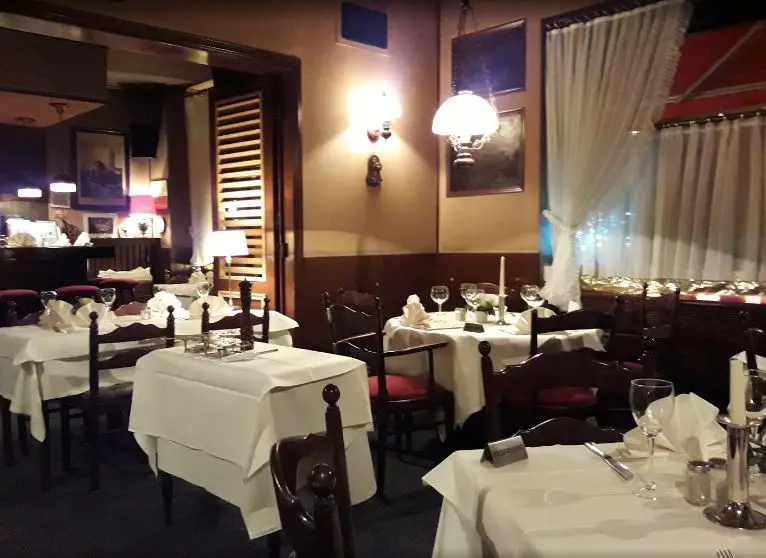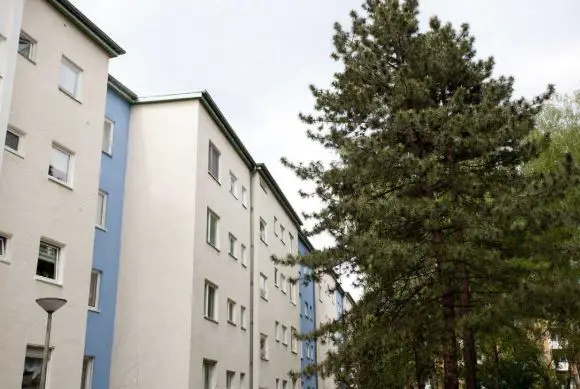What is the history behind Germany's historic theaters and opera houses?
Post ByAdequate Travel
Summary
Since the 1700s, German theaters and opera houses have been the stages of some of the most influential and defining works of art. From the baroque works of Mozart, to the memorable pieces of the 20th century, Germany has been the home to some of the most beloved works in the arts. This blog post looks at the history and origin of some of Germany's most famous theaters and opera houses.The history of Germany's historic theaters and opera houses
1. Early origins:
Germany has a rich history of theater and opera, dating back to the Middle Ages. The tradition of performing arts began with religious plays performed in churches during the medieval period.
2. Court theaters:
In the 17th and 18th centuries, German princes and nobility established court theaters, which were exclusive venues for the aristocracy. These theaters showcased lavish productions and employed renowned composers and playwrights.
3. Nationalization of theaters:
During the 19th century, a wave of nationalism swept across Germany, leading to the establishment of several national theaters. These theaters aimed to promote German culture and identity and were accessible to a wider audience.
4. Influence of Wagner:
The composer Richard Wagner had a profound impact on German theater and opera. His innovative approach to music, staging, and storytelling revolutionized the art form. Wagner's festival theater in Bayreuth, opened in 1876, remains an iconic venue for his operas.
5. Art Nouveau architecture:
Many of Germany's historic theaters and opera houses were built during the late 19th and early 20th centuries, during the Art Nouveau movement. These buildings featured elaborate and ornate designs, showcasing the opulence and grandeur of the performances.
6. Destruction during World War II:
Germany's theater and opera houses suffered significant damage during World War II due to bombings. Many iconic venues were destroyed or severely damaged, requiring extensive restoration and reconstruction efforts after the war.
7. Post-war reconstruction:
After the war, Germany embarked on ambitious reconstruction projects to restore its cultural heritage. Many historic theaters and opera houses were rebuilt, often incorporating modern elements while preserving the original architectural style.
8. Cultural landmarks:
Today, Germany's historic theaters and opera houses are considered cultural landmarks, attracting both domestic and international visitors. Examples include the Semperoper in Dresden, the Berlin State Opera, and the National Theatre in Munich.
Suggested Questions
- Auerbachs Keller, Leipzig: Horror Story, History & Paranomial Activities
- Heidelberg Castle, Heidelberg: Horror Story, History & Paranomial Activities
- Lueginsland Tower, Duisburg: Horror Story, History & Paranomial Activities
- Ruine Falkenstein, Königswinter: Horror Story, History & Paranomial Activities
- Schloss Mespelbrunn, Mespelbrunn: Horror Story, History & Paranomial Activities
- Schloss Friedrichstein, Bad Wildungen: Horror Story, History & Paranomial Activities











